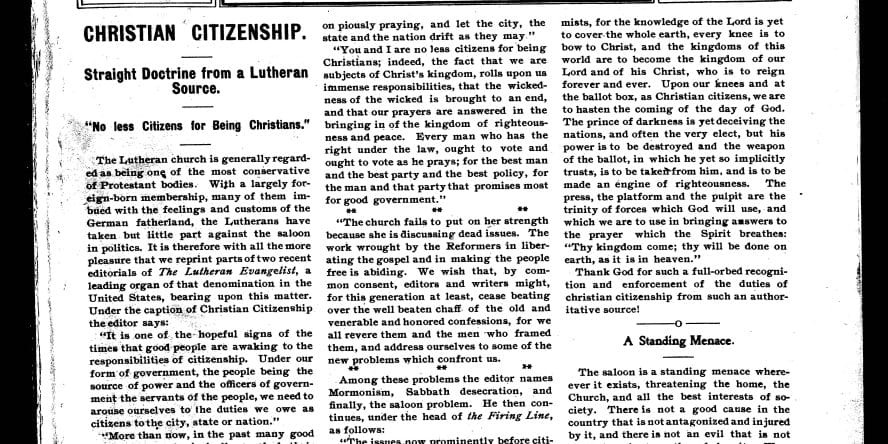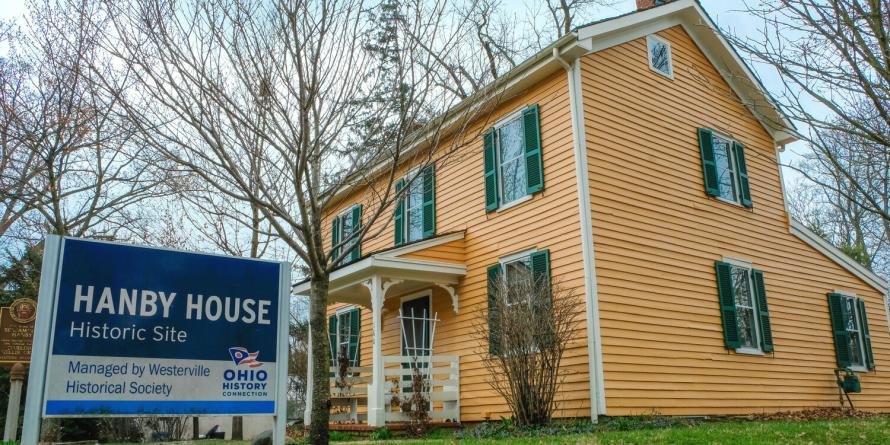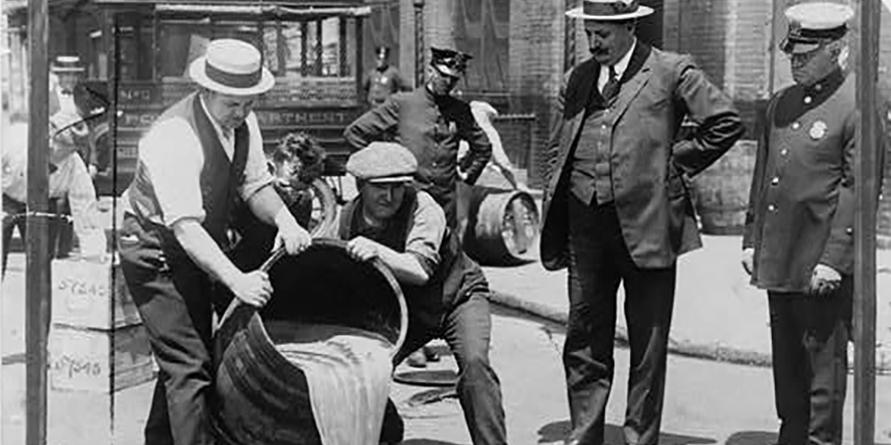History of the Movement
The history of the Anti-Saloon League, an organization that was founded to work for unification of public anti-alcohol sentiment, lobbying for new anti-alcohol legislation and enforcement of existing temperance law.

About the League
Museum Hours
Monday-Saturday: 9am-6pm
Closed on Saturday: 1-2pm
Closed on Sunday
Important milestones included...
Anti-Saloon League Is Formed
A new organization is formed under the motto, "The Saloon Must Go" and uses local churches to carry its message to the people.
Growing Influence
The League struggled through the 1890s with organizational and financial difficulties until they threw their support into an unlikely Democratic candidate for Ohio governor and won.
Getting the Word Out
The American Issue Publishing Company headquarters are moved to Westerville and the League receives major funding and support from prominent leaders.
The March to National Prohibition
In 1913, the League switched its sights from local option to the big picture - national prohibition.
Patriotism's Role in the Ratification
The anti-German sentiment during World War I gave the League a tool to use against the saloons, leading to the passage of the 18th amendment.
Post-Ratification: Educate or Enforce
Wayne Wheeler felt that enforcement issues should be the main focus of the League, while Ernest Cherrington, felt that emphasis should be on educating the public concerning the dangers of alcohol.
The Unraveling of National Prohibition
The loss of prominent leaders, a lack of funding and supporters, as well as the Great Depression led to the repeal of the 18th amendment.








